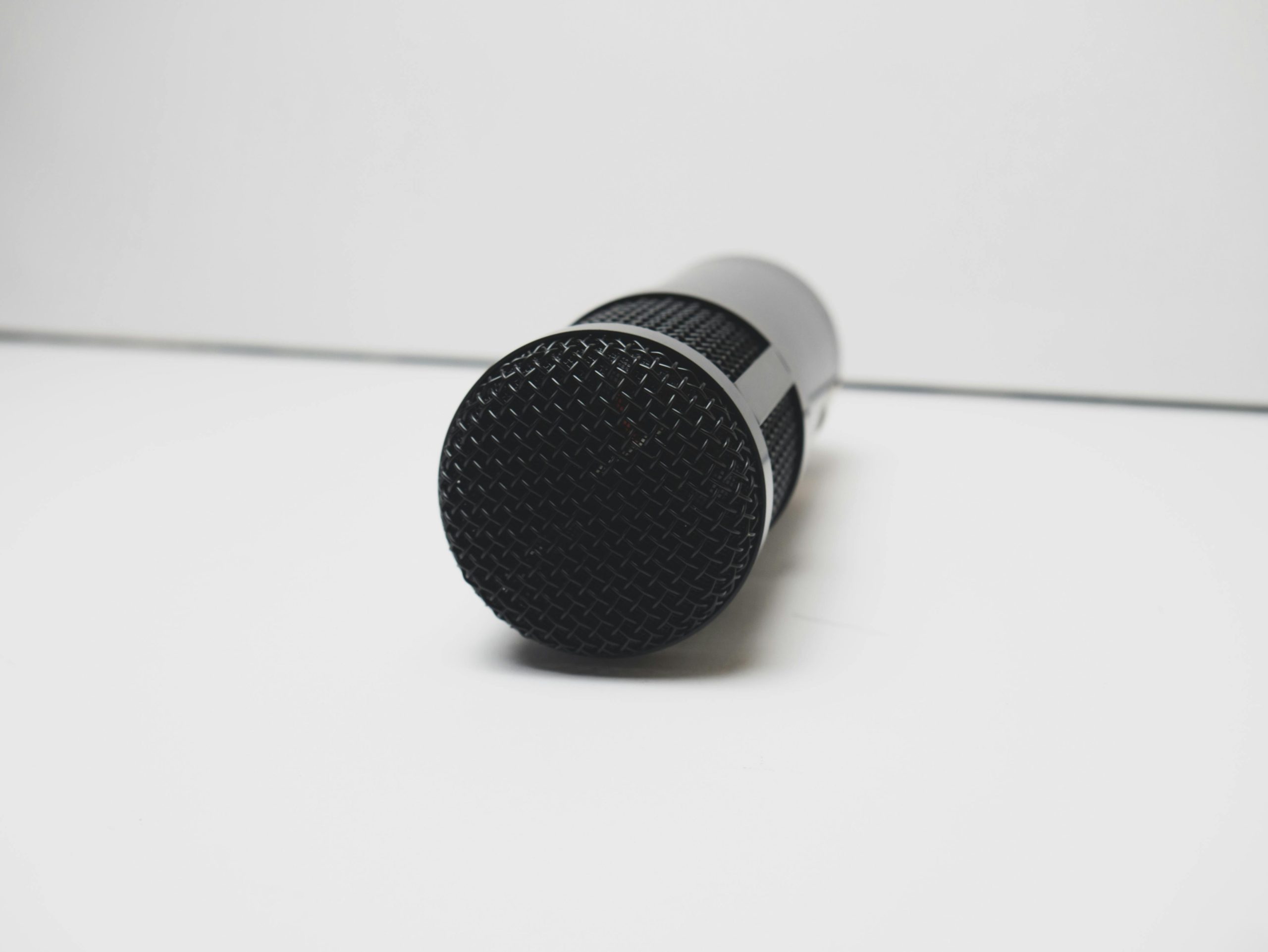Understanding and Resolving Audio Delays and Skipping Issues with AUX-to-USB Converters on Windows 11
Many users have encountered audio quality issues and synchronization delays when using AUX-to-USB adapters for headphones on Windows 11 devices. These problems often manifest as initial sound cutouts, delays when playing or seeking audio, or occasional skipping, which can diminish the overall listening experience.
Common Causes of Audio Delay and Skipping with AUX-to-USB Converters
-
Driver Sleep or Wake-up Latency:
Some audio drivers enter a sleep mode when no sound is detected, causing delays when sound resumes. The transition from sleep to active can result in the initial sound being cut or delayed. -
Power Settings and USB Power Management:
Although set to “Always On,” certain power configurations may still interfere with USB audio devices, especially if the system’s power management prioritizes energy savings over device responsiveness. -
Hardware Limitations or Suboptimal Adapters:
Low-quality or incompatible adapters can introduce latency or reduce audio fidelity, especially when they are budget models or have been physically damaged due to movement or wear.
User Scenario Overview
A Lenovo Legion 5 Pro (2023) user has reported using an AUX-to-USB converter due to physical damage to the original AUX port. The setup results in approximately 75% of the original sound quality, and the first sound intermittently gets cut or delayed after periods of inactivity. The user’s system is configured with updated drivers, high-performance power settings, and the USB adapter is functioning under optimized conditions but still exhibits issues.
Potential Solutions and Best Practices
-
Update and Reinstall Audio Drivers:
Ensure your audio drivers are up to date. Visit the manufacturer’s website or Windows Update to verify you’re running the latest drivers compatible with Windows 11. Consider uninstalling and then reinstalling audio drivers to resolve any corrupted or misconfigured files. -
Adjust Power Management Settings:
Even if set to “Always On,” verify that USB selective suspend settings are disabled: - Navigate to Control Panel > Power Options
- Select your current power plan and click Change plan settings
- Click Change advanced power settings
- Expand USB settings > USB selective suspend setting
-
Set it to Disabled
-
Configure Sound Settings for Better Responsiveness:
Within Windows sound settings: - Open **Sound Settings
Share this content:



